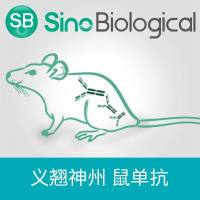Techniques for Thick-Section Golgi Impregnation of Formalin-Fixed Brain Tissue
The histologic staining technique for central nervous system (CNS) tissue known as the Golgi technique was initially developed more than 125 yr ago. It was with this technique that, for the first time, whole nerve cells and their processes were simultaneously observed microscopically. Although the technique was widely used in the early 20th century, its use languished to some extent until the late 1900s when, used in conjunction with ultrastructural studies, it began to provide new insights into microscopic anatomy and pathology of the CNS. Several permutations of the technique have evolved since its early stages. The one represented in this chapter was developed so that Golgi-impregnated CNS tissues could be embedded in polymerized plastic and cut into relatively thick sections for light microscopic study. The advantages are that (a) sections of the clear and almost colorless plastic allow enhanced visualization of the intricate structure and ramification of dendritic elements of CNS neurons, (b) because of the relatively thick microscopic sections (25–30 �m), details of lengths and arborization of dendritic “trees” can be studied and photographed to provide greater detail than in thinner sections, and (c) numbers and morphologic characteristics of synaptic spines can be precisely evaluated.
![预览]()






